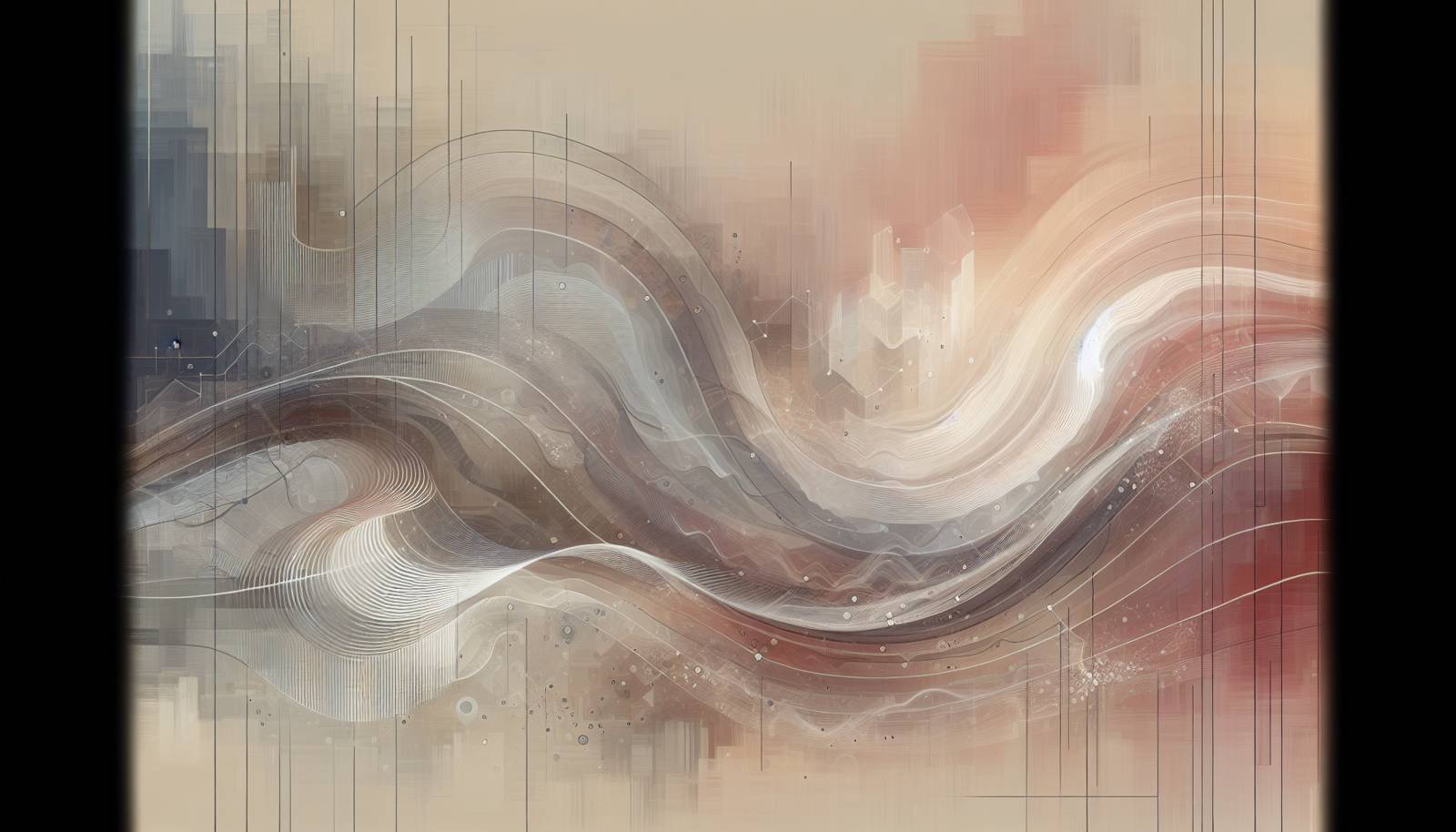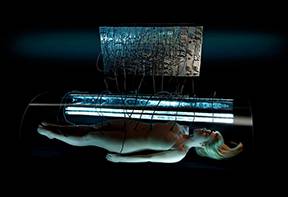
FAQ About The Evolution of New Media Art in the Digital Age

What is new media art?
New media art is an umbrella term that refers to artworks created with new media technologies, including digital art, computer graphics, virtual reality, interactive installations, and more. This form of art often emphasizes dynamic processes, interaction, and participation, utilizing the latest technology to explore and represent artistic concepts in innovative ways.

How has digital technology influenced new media art?
Digital technology has vastly expanded the possibilities for artistic creation by providing artists with new tools and platforms. These technologies allow for greater interactivity, immersion, and experimentation, enabling artists to push traditional boundaries of art. Moreover, the internet and digital platforms have increased accessibility, allowing artists to reach wider audiences and to interact with them in real-time.

When did new media art begin to emerge?
New media art began to emerge in the latter half of the 20th century, as artists started to explore and incorporate newly available technologies into their works. The 1960s and 1970s saw the use of video art and computer-based art, laying the groundwork for the explosion of digital and net-based art practices that followed in the late 20th and early 21st centuries.

What are some common techniques used in new media art?
Common techniques in new media art include digital animation, multimedia installations, virtual reality (VR), augmented reality (AR), digital painting, and interactive web-based projects. Artists often employ a mix of technology-driven methods and traditional artisanal techniques to create innovative and thought-provoking artworks.

How does new media art contribute to cultural dialogue?
New media art contributes to cultural dialogue by providing alternative ways to approach and discuss societal issues. The interactive and often participatory nature of new media works can engage audiences in conversations about politics, identity, technology, and the environment. Artists use these platforms to provoke thought, debate, and change, fostering a more inclusive and expansive cultural dialogue.

Can anyone create new media art?
Yes, virtually anyone with access to digital tools and technology can create new media art. These tools have become more affordable and user-friendly, enabling a wider range of individuals, including amateurs and professional artists, to experiment with this art form. Online platforms also provide tutorials and resources for beginners to learn and develop their skills.

What is the significance of interactivity in new media art?
Interactivity is a significant feature in new media art as it transforms the traditional passive experience of art into an engaging and participatory encounter. This interaction can occur through physical engagement in an installation, through devices like VR headsets, or online through digital platforms. The aim is to involve the viewer in the creation process, making each interaction unique.

What is virtual reality's role in new media art?
Virtual reality (VR) plays a crucial role in new media art by offering immersive experiences that transcend the limitations of physical space. Artists use VR to create environments where viewers can explore, interact, and engage in sensory experiences that are otherwise impossible in the real world. This technology allows for the creation of spatial and narrative experiences that are deeply personal and reflective.

Why is preservation a challenge in new media art?
Preservation of new media art is challenging due to the rapid obsolescence of technology. Artwork created with specific hardware or software may become inaccessible as platforms evolve or devices become outdated. Conservators must balance retaining the original intent of the artwork while making it accessible for future audiences, often requiring digital emulation and migration strategies.

How does augmented reality enhance new media art?
Augmented Reality (AR) enhances new media art by superimposing digital information onto the physical world, creating a blended experience that combines tangible and digital realities. Artists use AR to overlay images, sounds, or other media onto real-world spaces, allowing viewers to interact with and explore artworks in a context-sensitive manner. This can lead to new perspectives and enhanced engagement.

What role do exhibitions and festivals play in new media art?
Exhibitions and festivals play a critical role in new media art by providing platforms for artists to showcase their work to broader audiences. These events facilitate networking, collaboration, and cultural exchange, enabling artists, curators, and audiences to explore the latest trends and innovations in the field. They also often feature workshops, discussions, and performances that enrich the understanding and appreciation of new media art.

How is artificial intelligence used in new media art?
Artificial intelligence (AI) is increasingly used in new media art to create works that can learn, adapt, and evolve. Artists use AI algorithms to generate artwork, simulate human creativity, or even collaborate with AI as co-creators. AI allows for unique forms of interaction and creation, producing dynamic and sometimes unpredictable results that challenge traditional notions of art-making.

What are some examples of notable new media artists?
Notable new media artists include Nam June Paik, known for pioneering video art; Laurie Anderson, an innovative performance artist; Rafael Lozano-Hemmer, who blends architecture and performance with technology; and Jenny Holzer, who uses electronic displays and projections. These artists have significantly contributed to the evolution and recognition of new media art on a global scale.

How do online platforms benefit new media artists?
Online platforms benefit new media artists by expanding their reach and providing greater access to global audiences. Platforms like social media, digital galleries, and virtual reality environments offer spaces for artists to exhibit and promote their work without the constraints of physical galleries. They also facilitate community-building, collaborations, and direct engagement with viewers around the world.

How does 3D printing influence new media art?
3D printing influences new media art by expanding the possibilities for physical object creation. Artists can design and produce intricate sculptures, installations, and prototypes that would be difficult or impossible to fabricate by traditional means. This technology allows for high precision and customization, enabling artists to explore new forms and materials in their work.

Are there specific skills required to create new media art?
While traditional artistic skills can be beneficial, creating new media art often requires additional skills related to digital technology. This can include knowledge of software programming, graphic design, 3D modeling, video editing, and understanding of platforms or devices like VR headsets. However, many tools have become increasingly intuitive, allowing artists to learn and apply them without extensive technical training.

What are some challenges faced by new media artists?
New media artists face several challenges, including dealing with rapidly changing technology, the need for specialized knowledge and skills, and the challenge of preserving digital artworks for the future. Additionally, the conceptual nature of new media art may not always align with traditional art markets and valuation methods, posing commercial and acceptance challenges.

How can new media art impact social and political issues?
New media art can profoundly impact social and political issues by providing innovative platforms for expression and engagement. Its interactive and often participative nature encourages dialogue and critical thinking, offering artists a means to comment on and challenge societal norms, promote activism, and influence public opinion. The real-time capabilities of digital platforms allow for direct responses to current events and issues.

What is the future of new media art in the digital age?
The future of new media art in the digital age suggests continued growth and innovation. As technology advances, new possibilities for artistic exploration will emerge, including deeper integration with AI, VR, and AR, expanding the boundaries of how art can be created and experienced. Increased collaboration across disciplines will likely lead to more diverse and vibrant expressions of art, reflecting the complex globalized environment.
